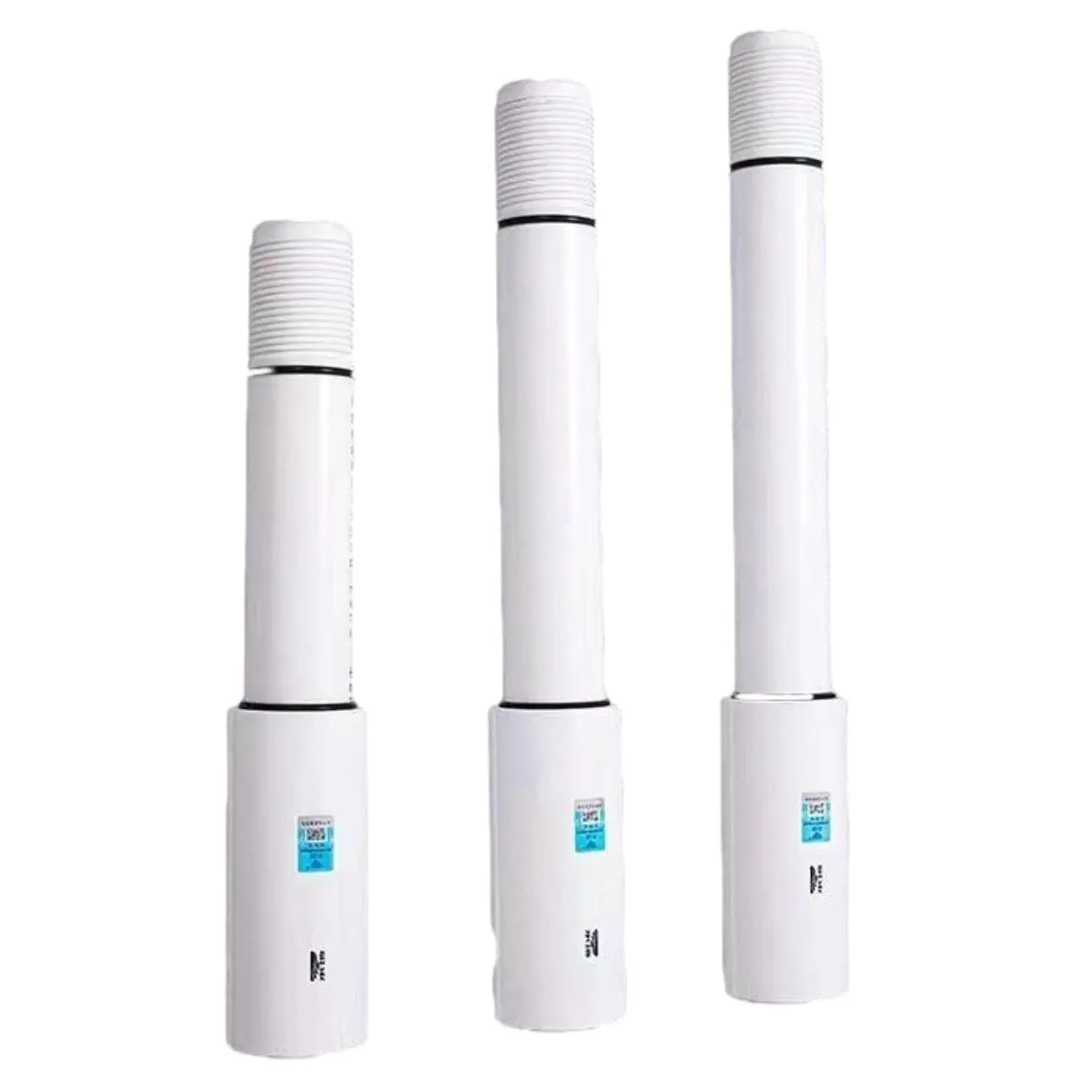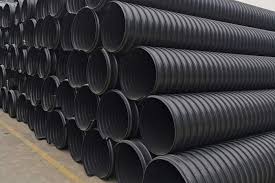Jul . 06, 2025 08:37 Back to list
High-Quality Conduit Pipes & HDPE Conduit Fittings Manufacturer Reliable Factory Supply
- Introduction to Conduit Pipes and Industry Relevance
- Technical Advantages of Modern Conduit Solutions
- Comparison of Leading HDPE Conduit Fittings Manufacturers
- Tailored Solutions in HDPE Conduit Fittings
- Real-World Application Cases Utilizing Advanced Conduits
- Data-Driven Insights and Market Trends
- Conclusion: Choosing the Right Conduit Pipes for Long-Term Reliability

(conduit pipes)
Introduction to Conduit Pipes: Ensuring Safe and Reliable Cable Management
Conduit pipes play a crucial role in diverse industries including electrical infrastructure, telecommunications, utilities, and construction. As urbanization accelerates, the global demand for durable and high-performance conduit systems has surpassed USD 7.5 billion annually, with expected CAGR of 5.7% through 2028. These protective enclosures, commonly constructed from steel, PVC, and more recently, high-density polyethylene (HDPE), provide a robust solution for routing and safeguarding wiring, fiber optics, and power cables. The evolution from traditional metal conduits to advanced polymer options like HDPE demonstrates a shift towards lightweight, flexible, and corrosion-resistant alternatives, suitable for both underground and above-ground installations.
The adaptability and safety offered by modern conduit pipes
are foundational to ensuring uninterrupted operations within power distribution grids and communication networks. Their installation simplifies cable maintenance, reduces risk of accidental damage, and supports compliance with stringent safety codes worldwide.
Technical Advantages of HDPE Conduit Fittings Solutions
The adoption of HDPE conduit fittings marks a leap in utility infrastructure efficiency. HDPE’s material characteristics—superior impact resistance, chemical inertness, and extended service life—translate into operational and economic benefits for contractors and end users. Studies indicate that HDPE conduits have a useful lifespan of more than 50 years under standard load and environmental conditions, even outperforming galvanized steel in highly corrosive or humid settings.
Beyond longevity, HDPE conduit systems are lightweight (up to 70% lighter than steel), vastly reducing manual handling risks and installation costs. Their inherent flexibility allows for continuous lengths and fewer joints, significantly decreasing potential leakage points and improving installation speed—by as much as 30% compared to rigid alternatives. Furthermore, HDPE is non-conductive and provides excellent protection against electrical faults.
Advanced conduit pipes made from HDPE comply with industry standards such as ASTM F2160 and NEMA TC 7, reassuring project owners of consistent quality and performance. These technical features drive the preference for HDPE conduit fittings in modern utility projects, enabling safer, faster, and more cost-effective installations.
Comparison of Leading HDPE Conduit Fittings Manufacturers
Selecting a reliable hdpe conduit fittings manufacturer or hdpe conduit fittings factory is critical to ensuring project integrity and compliance. Different manufacturers offer distinct product portfolios, support capabilities, and quality controls, directly affecting field performance and installation outcomes. The following table provides a side-by-side comparison of three internationally recognized suppliers based on key selection criteria:
| Criteria | Supplier A | Supplier B | Supplier C |
| Annual Output (tons) | 20,000 | 15,500 | 17,800 |
| HDPE Grades Offered | PE63, PE80, PE100 | PE80, PE100 | PE80, PE100 |
| Certification Standards | ISO 9001, UL, ASTM | ISO 9001, CE | ISO 9001, ASTM |
| Production Lead Time (days) | 18 | 22 | 20 |
| Custom Engineering Support | Available | Limited | Available |
| Warranty (years) | 10 | 8 | 12 |
The data indicates that while all vendors provide core HDPE solutions, differences in output capacity, certified standards, engineering support, and warranty periods can affect supplier choice. The optimal hdpe conduit fittings manufacturer or hdpe conduit fittings factory for your application should strike a balance between scale, technical support, and compliance assurance.
Tailored Solutions in HDPE Conduit Fittings
Modern projects often require conduit pipe systems custom-engineered to site-specific challenges. This has spurred innovation among leading factories, who now offer customization spanning product dimensions, wall thickness, joint designs, and integrated fittings. For example, large-scale utility projects in extreme climates may necessitate higher impact resistance or greater UV stabilization, which can be achieved through modified material compounding or added liners.
Custom-engineered conduit pipes also encompass color-coding for utility identification, added pull tapes for easier cable deployment, and complex prefabricated bends for tight spaces. Some factories employ advanced extrusion technologies, achieving ±0.15mm dimensional tolerance for precise on-site installations.
By collaborating with capable manufacturers, project planners can specify attributes such as tensile strength (up to 3,500 psi), low-temperature flexibility (functionality down to -40°C), and special flame-retardant additives to comply with local and international fire safety requirements.
Real-World Application Cases Utilizing Advanced Conduits
Cutting-edge conduit pipes and fittings have underpinned the success of major infrastructure upgrades worldwide. In North America, a major fiber optic rollout spanning 1,200 kilometers depended on HDPE conduits to deliver rapid deployment and corrosion resistance, reducing site inspection failures by 27%. Elsewhere, a Southeast Asian city implemented HDPE systems for a new light rail network, where ease of installation cut labor costs by nearly 18% and maintenance downtime by half.
Another notable case involved a coastal wind farm, where buried HDPE conduit pipes resisted saline and acidic soil conditions, protecting power transmission lines for over a decade without performance degradation. In industrial mining, heavy-duty HDPE systems have demonstrated resilience against abrasive backfill particulates and seismic ground movement.
These projects exemplify the adaptability and protective value of modern conduit installation, affirming their necessity for mission-critical and harsh-environment applications.
Data-Driven Insights and Market Trends
Statistical projections reinforce the shift toward HDPE-based conduit fittings, with emerging markets accounting for up to 60% of new installations. Industry surveys attribute this surge to government mandates for eco-friendly materials, rising energy infrastructure investments, and rapid broadband expansion.
Recent market analyses reveal that projects utilizing HDPE conduit pipes record 25–30% lower total cost of ownership over a 25-year lifecycle compared to legacy metallic or unreinforced polymer systems. The drive for sustainability, coupled with HDPE’s 100% recyclability, further bolsters adoption in municipal and private sectors.
Additionally, factories integrating automation and advanced quality controls, including ultrasonic weld integrity testing and frequent batch analysis, consistently deliver higher reliability ratings per third-party audits. The persistent growth and diversification of conduit applications—spanning smart grids, 5G rollouts, and renewable energy projects—signal sustained innovation and value creation in this market.
Conclusion: Making the Strategic Choice for Conduit Pipes
Contemporary conduit pipes represent the foundation for secure, efficient, and long-lasting cable containment across modern industries. Careful evaluation of technical capabilities, manufacturer credentials, customization offerings, and real-world performance is central to maximizing value and future-proofing infrastructure investments.
As the market evolves, choosing partners adept at delivering high-grade conduit pipes—paired with responsive technical support—will determine project success and operational continuity. Factories leveraging advanced materials, precise engineering, and rigorous certification stand out as leaders in shaping the backbone of tomorrow’s utility, energy, and communications frameworks.

(conduit pipes)
FAQS on conduit pipes
Q: What are conduit pipes used for?
A: Conduit pipes are used to protect and route electrical wiring in buildings and infrastructure. They offer protection from moisture, impact, and chemical exposure. These pipes ensure electrical safety and organization.Q: What materials are typically used by an HDPE conduit fittings manufacturer?
A: HDPE conduit fittings manufacturers primarily use high-density polyethylene (HDPE) due to its durability and flexibility. HDPE offers excellent resistance to corrosion and chemicals. It ensures long-lasting and reliable electrical conduit systems.Q: How can I identify a quality HDPE conduit fittings factory?
A: Look for factories with certifications such as ISO and proven experience in producing HDPE conduit fittings. Quality factories use strict quality control processes and modern machinery. Customer reviews and references can also indicate factory reliability.Q: Are HDPE conduit pipes suitable for outdoor installations?
A: Yes, HDPE conduit pipes are highly resistant to UV rays, chemicals, and environmental conditions. This makes them ideal for outdoor electrical and communication duct installations. They maintain integrity and flexibility in harsh environments.Q: What are the main advantages of using conduit pipes?
A: Conduit pipes provide physical protection and improve the safety of electrical wiring systems. They also simplify maintenance and cable replacement. Their use helps ensure compliance with electrical codes and standards.-
DN100 PVC Pipes for Well Casings - Durable & Corrosion-Resistant
NewsAug.22,2025
-
HORON 25mm PPR Plumbing Pipes: Durable, Reliable & Leak-Proof
NewsAug.21,2025
-
32mm HDPE Pipes in Coil: Flexible & Durable Water Supply
NewsAug.19,2025
-
Flexible 32mm HDPE Pipes in Coil - Durable & Easy Install
NewsAug.18,2025
-
HDPE Sprinkler Pipe Manufacturers - Quality & Durable Solutions
NewsAug.17,2025
-
Durable DN100 PVC Well Casing Pipes for Reliable Water Supply
NewsAug.16,2025

